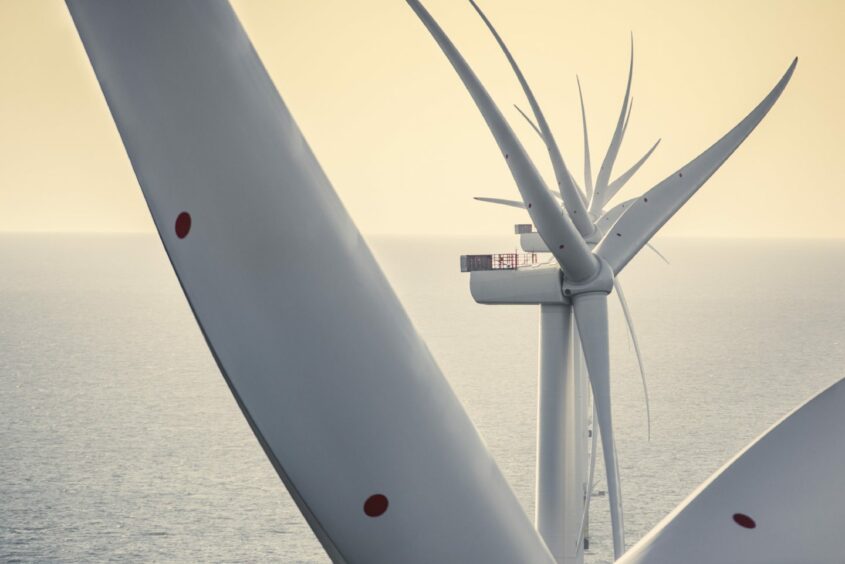
Green energy developer SSE Renewables is exploring upping the potential overall project capacity of its ScotWind scheme.
If the increase from 2.6 gigawatts (GW) to 3.6GW were achieved, it would put the Ossian development among the top five largest floating offshore wind farms globally.
Located off the east coast of Scotland, the project is being delivered by a partnership of SSE Renewables, Japanese conglomerate Marubeni Corporation and Danish fund management company Copenhagen Infrastructure Partners.
In recent months a full geophysical and benthic survey of the Ossian project area has been carried out, with the data collected informing a review of the potential wind farm capacity.
Subject to further environmental and technical assessments, the site could be used to generate the increased capacity of up to 3.6GW.
Senior project manager for Ossian, David Willson said: “We are excited that through further technical assessment of our project area, we now believe Ossian could provide an even greater renewable electricity output. If realised, this change would position the project among the top five largest floating projects in the world, demonstrating its epic scale. This is a great motivator for project partners SSE Renewables, Marubeni and CIP and the whole project team.
“Our geophysical survey collected data to a very high standard, ahead of schedule and under budget in 109 days with zero HSE incidents – an amazing achievement to be proud of.
“Our FLiDAR and Metocean measurement campaign successfully kicked-off in August which will deliver comprehensive measurements of the metocean conditions to inform the development of the Ossian site.
“We will now work with our stakeholders and regulators to secure the appropriate consent so that the full potential of the Ossian Wind Farm Project can be realised.”
Ossian is due to be located across 858 km2 of seabed in waters off the east coast of Scotland, and will be capable of powering almost 6 million Scottish homes, should its capacity increase.
Floating LiDAR equipment is currently acquiring data at the wind farm site, having been deployed by Glasgow-based metocean specialists PARTRAC.
The company has placed EOLOS FLS 200 FLiDAR equipment across two locations, with the aim of measuring wind speed and direction.
That will allow SSE Renewables to determine the best locations and positions for wind turbines.
PARTRAC has also deployed their metocean equipment, consisting of three wave buoys and three subsea moorings at three locations.
They will measure the waves, current, tidal levels, turbidity, conductivity, and temperature.
Sam Athey, managing director from PARTRAC, said: “Our work at the Ossian site marks the start of two years of data collection so that we can build knowledge of site characteristics and capture critical metocean data. This is an incredibly important process as it establishes both the wind resource and environmental conditions for the project. We’re very pleased and proud to be involved in this flagship project.”
Recommended for you

